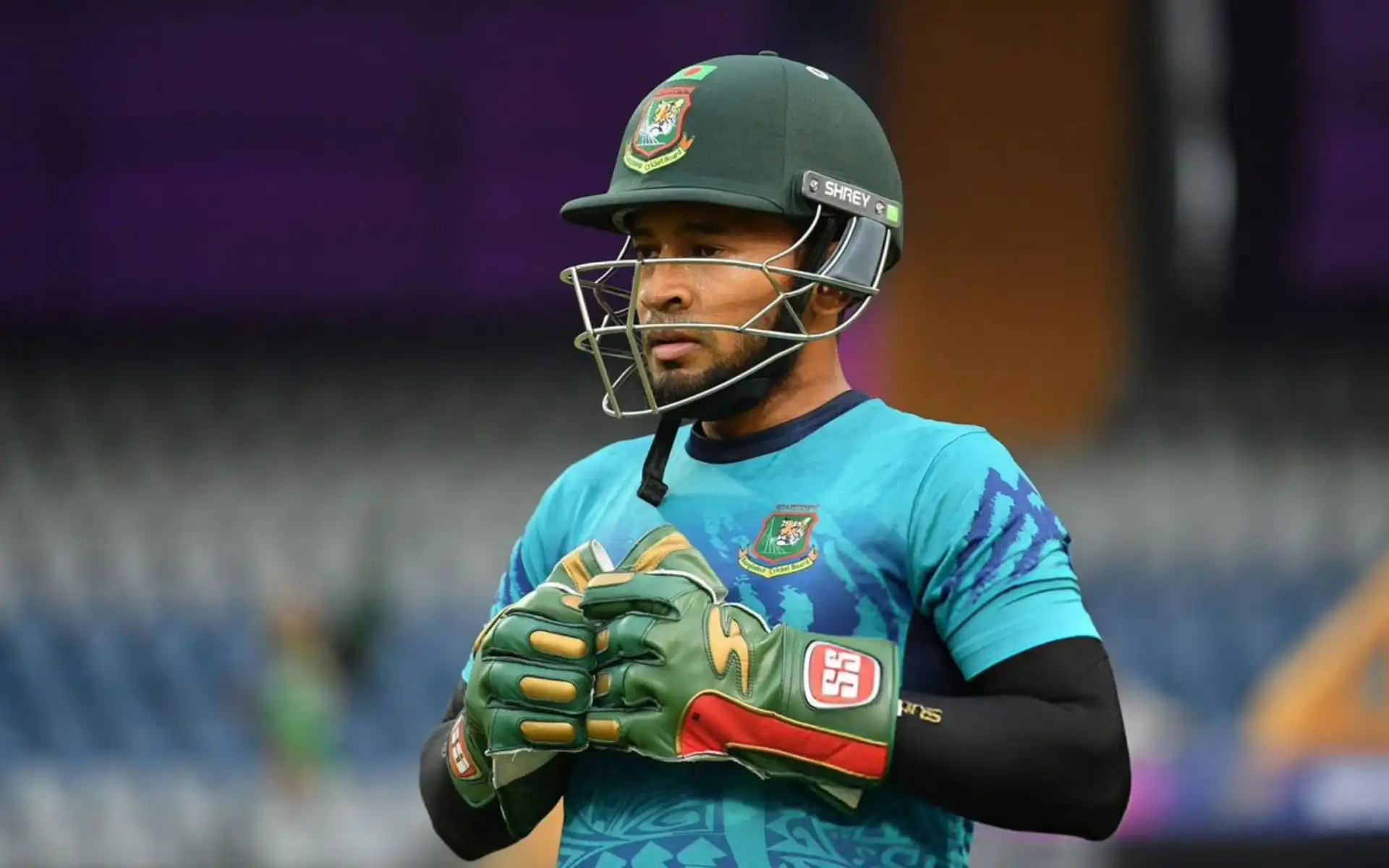![Rishabh Pant has hit the ball running in Test cricket. [Source: @RishabhPant17/X]](https://onecricketnews.akamaized.net/parth-editor/oc-dashboard/news-images-prod/1730985076731_PantgreatestWK.jpg?type=hq) Rishabh Pant has hit the ball running in Test cricket. [Source: @RishabhPant17/X]
Rishabh Pant has hit the ball running in Test cricket. [Source: @RishabhPant17/X]
Since returning to Test cricket after almost 21 months, India wicket-keeper batter Rishabh Pant has scored most runs in the format. 422 runs across 10 innings at an average of 46.88 and a strike rate of 86.47 within seven weeks is a small sample size but enough to hint at how he’s on his way to become the greatest wicket-keeper batter in the format.
In the two years before his unfortunate road accident, Pant was India’s highest Test run-scorer on the back of amassing 1,457 runs across 34 innings at an average of 47 including three centuries and nine half-centuries. Overall, he was the fifth-highest run-scorer.
Second on the list among left-handed batters after Dimuth Karunaratne (1,499), Pant also bagged the second position among middle-order batters which included top-scorer Joe Root (2,806).
Pant, who batted between Nos. 5 and 7 at the time, was the pick of the batters who also batted at these positions closely followed by the likes of Litton Das (1,351) and Jonny Bairstow (1,285).
How Is Rishabh Pant Better Than Others?
If truth be told, Pant is a cut above the rest primarily because of his batting positions. Since his Test debut over six years ago, Pant (2,680) is the third-highest run-scorer among batters who have batted between Nos. 5 and 7. Even though he’s behind England’s Ben Stokes (3,577) and Australia’s Travis Head (2,914) in terms of runs, his average and strike rate of 45.42 and 75.55 respectively are better than them.
Where Does Rishabh Pant Stand Among Wicket-Keeper Batters?
If wicket-keepers, in particular, are taken into consideration in this period, Pant (2,693 runs at an average of 44.14 and a strike rate of 75.39) tops the charts yet again. The fact that no other wicket-keeper batter averages more than 44 and strikes at over 75 puts the left-handed batter in a league of his own. Furthermore, Pant’s six centuries are double than the second-best namely Mohammad Rizwan, Das and Quinton de Kock.
All retired from international cricket now, Adam Gilchrist (5,570), Mark Boucher (5,515), MS Dhoni (4,876), Alec Stewart (4,540) and Andy Flower (4,404) are the highest Test run-scorers among wicket-keeper batters.
Gilchrist, who had scored 2,445 runs at an average 56.86 and a strike rate of 81.17 respectively, including six centuries, is the only player among this pentad to have done better than Pant in his first 38 Tests. In the same period, Boucher (1,365 runs at 31.74 and 49.7), Dhoni (2,072 runs at 39.09 and 62.27), Stewart (2,237 runs at 33.89 and 49.83) and Flower (2,652 runs at 44.2 and 40.66) are nowhere near Pant. Flower (7), however, had scored more centuries than Gilchrist and Pant.
If Pant continues at this rate, and there is no reason why he wouldn't be able to, expect him to outperform all these legends of the game in the years to come. Additionally, at 27, age is also on Pant's side. At the time of playing his first 38 Tests, he is younger than Gilchrist (29), Dhoni (28), Stewart (35) and Flower (32). Boucher, who has most dismissals in Test cricket, played 38 Tests aged 24.
As for Pant, he might not end up as the highest run-scorer in the format but don't be surprised if he creates impact in Test matches like no one else has done before him.

.jpg)
.jpg?type=mq)
.jpg?type=mq)


